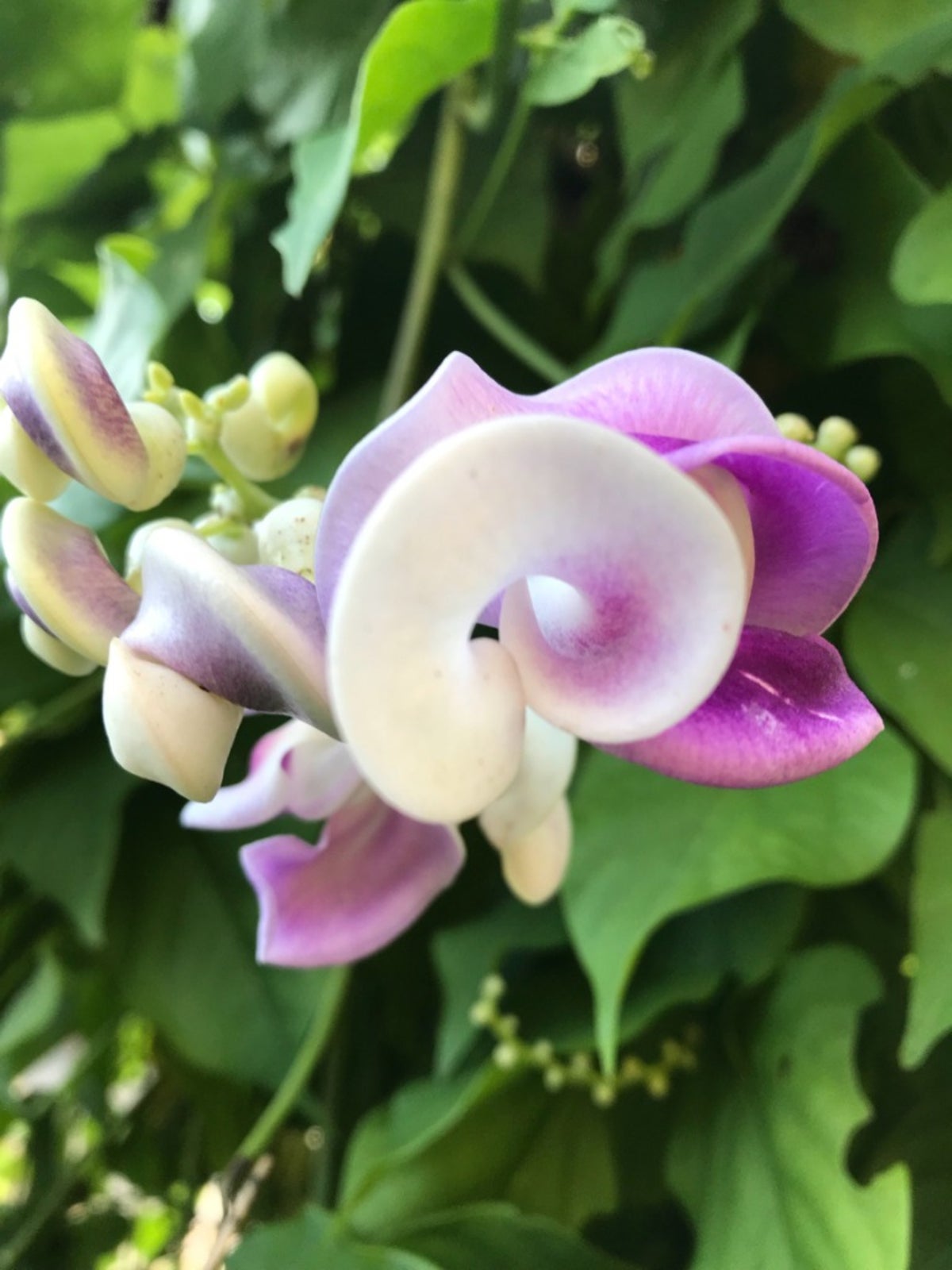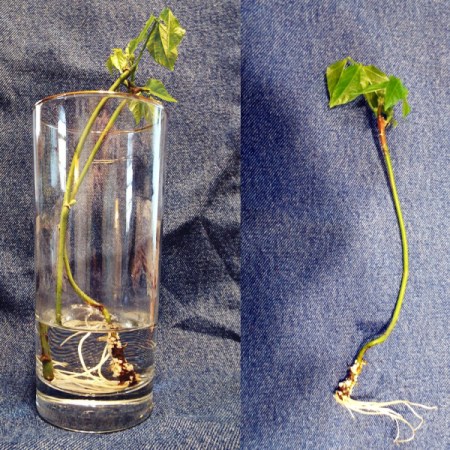Why not try growing the lovely snail vine plant if you’re searching for something a little unusual to grow? Learning how to cultivate a snail vine, as well as taking care of one, is simple if you have the right conditions. Snail vine (Vigna Caracalla), also known as the corkscrew vine, Bertoni bean, corkscrew flower, and twisted-flowered kidney bean, is a legume with several names. This climbing vine can reach a height of 15 to 20 feet, but it can be kept in pots indoors to keep it smaller.
Snail vines can be grown from seed and planted outside in the full sun, on a sunny porch, or in a greenhouse. Snail vine is hardy in zones 9 through 11 of the United States Department of Agriculture’s plant hardiness zones.


This lovely tropical vine from Central and South America has lavender and white blossoms and thrives in full light and heavy humidity. It’s also known as a snail bean or corkscrew plant, and it looks lovely in a hanging basket or container, where it can dangle up to 15 feet (4.5 meters) if allowed.
Growing Vigna vine From Seeds
Growing Vigna vines are quite easy to grow from seed as long as they are planted in full sun and in loamy, wet, slightly acidic soil. Germination is aided by soaking seeds in warm water overnight. In favorable climes, they can be directly sown outdoors, or seeds can be started indoors early in cooler climates.
Make sure the temperature inside is no lower than 72 degrees Fahrenheit (22 C.). Keep the seeds moist and in a dark place. Transplant them outside as soon as the ground warms up, or keep them in containers all year.
Seed Mix
An excellent seed starting mix is sterile, supportive, moisture-retaining, and drains effectively. Snail vine seeds can be planted indoors using pre-mixed seed starting formulas available at garden centers and nurseries. You can also make your own mix by combining four parts compost with one part perlite, vermiculite, and peat moss. It’s crucial to dampen the material well before adding it to the seed beginning pots, whether you’re using a commercial or homemade seed starting mix. Otherwise, it’ll be tough to saturate thoroughly.
Pots And Planters
Look for pots that are at least 4-inches in diameter and have drainage holes on the bottom when beginning snail vine seeds. If you’re using old pots, thoroughly clean them with soap and water before rinsing them with a one-part bleach, nine-part water solution. Seeds for snail vines should be placed 1 inch deep in the pot’s middle and covered with soil mix. Germination and early seedling growth require a constant temperature of 70 to 75 degrees Fahrenheit. Seeds must be kept moist at all times in order to germinate.
Growing Vigna Vine From Cuttings


Snail vines can be propagated from cuttings as well. Once the leaf has grown, take cuttings in the early spring. Using clean clippers, cut a 6 inch (15 cm) section of the plant. Perlite should be filled and moistened in a tiny 3 inch (8 cm) growth pot. Leaves from the lower half of the cutting should be removed.
Root the cutting by dipping it in a rooting compound. Using a pencil, poke a hole in the center of the perlite and put 2 inches (5 cm) of cutting into the hole. Place the jar in a clear plastic bag and seal it to keep the humidity in. Place the bag in a dimly lit area. Weekly, inspect the cutting for resistance when pulled. Before the cold weather arrives, transplant the Vigna caracalla snail vine.
When To Plant
Snail vine seeds should be started inside in late winter for planting in early spring. Plan to start seeds six to eight weeks before the latest frost date in places where winter frosts occur. The seedlings will be ready to go in the ground when the warm weather arrives.
Start snail vine seeds in mid-winter in frost-free sections of the region for an early spring planting date. Snail vine seeds take five to fifteen days to germinate, and three to four weeks to mature enough to plant.
Also Read– 5 Creative Planter Ideas for a Lovely Garden




Leave feedback about this